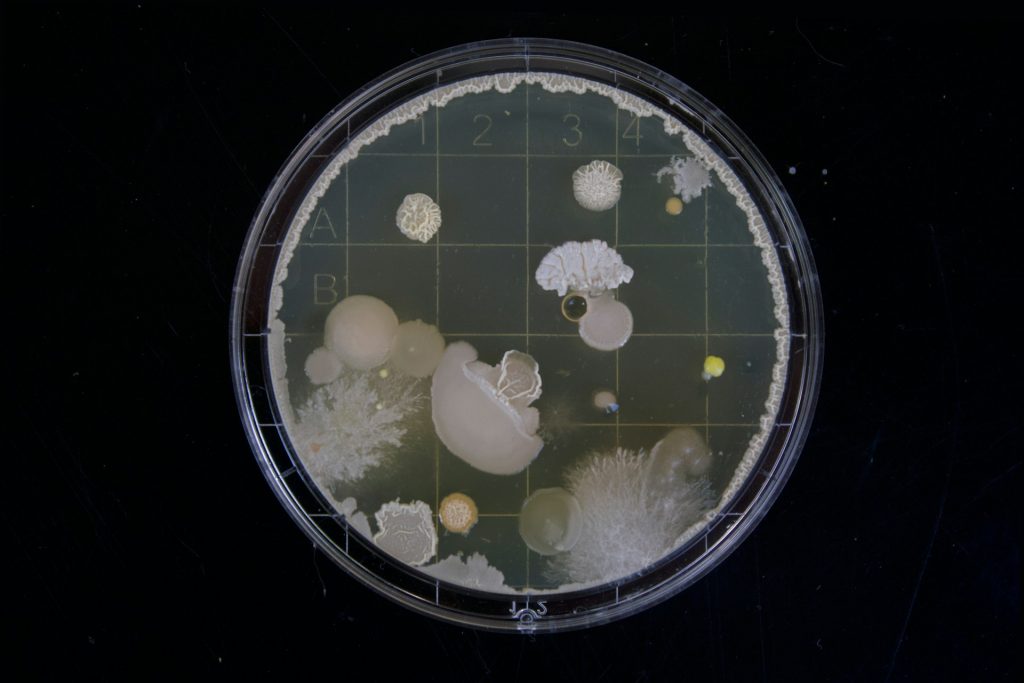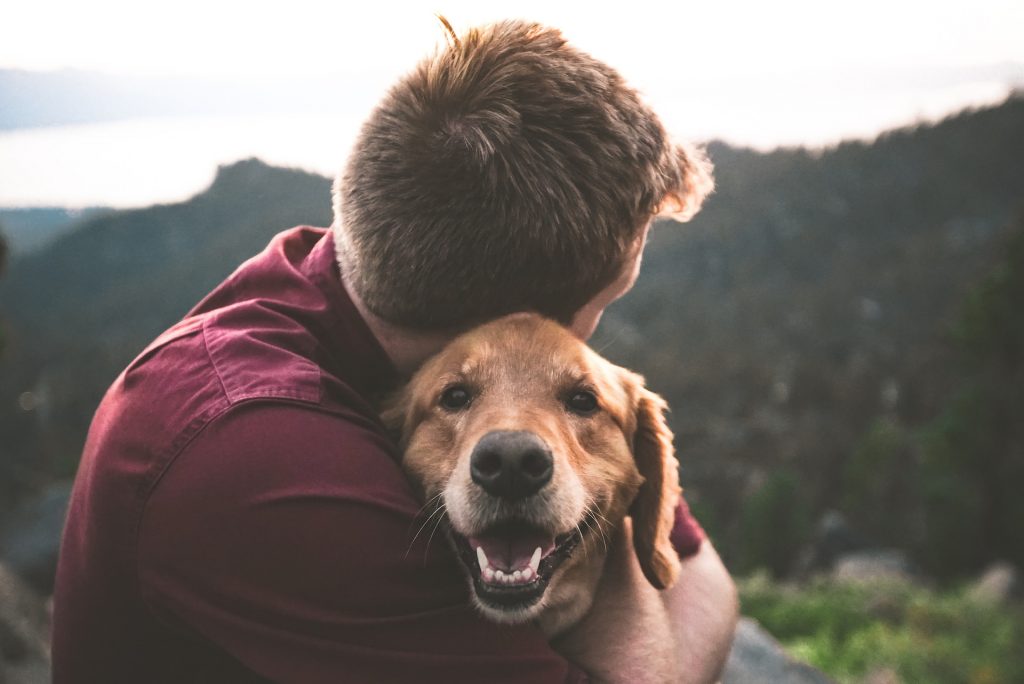The first ever human to be cryopreserved was Dr. James Bedford in 1967, and since then the process and attitude towards cryopreservation has undergone a significant overhaul. This development has not been without its fair share of legal struggles, and non-cooperative families and hospital authorities. It has evolved in terms of the procedure, and through many learning experiences undergone by the facilities which provide these services. Read on to learn about a few such key moments in the history of cryopreservation.
Cryonic suspension after being shot: The case of Michael Louis Friedman
Cryopreservation is not only time-sensitive but also works best when the deanimated body is not damaged by external or internal injuries. The case of Michael Louis Friedman however posed a challenge to these very essentials of cryopreservation. Mr. Friedman, an attorney and an Alcor member, was murder by his own client who had a history of mental problems. He was also shot in the head four times, which could have potentially damaged his brain. Mr. Friedman had signed up for a whole-body cryopreservation with Alcor, so the staff took immediate action to carry out his wishes, however, the deanimated body of Mr. Friedman was compulsorily subjected to an autopsy, after undergoing a crucial delay of about 26 hours. Delays with autopsy and post “death” procedures are not as time-sensitive for non-cryonics people. Eventually, some paperwork was pushed through the red-tape and his autopsy time was considerably reduced, allowing the cryonics team to take charge of the body.

During the autopsy, Mr. Friedman’s brain was separated from his head to extract the bullets, and measured 19 degrees celsius before being transferred into a glycerol solution, therefore, his brain had to be preserved separately from the rest of his body. After prolonged exposure to ischemia, Mr. Friedman’s body had to be directly cryopreserved after being placed into a silicon oil bath, with no perfusion in July 1992.
The first cases of vitrified cryopreservation
The main element of cryopreservation is the long-term suspension of a patient in liquid nitrogen at a temperature of -196 degrees celsius. The natural effect of this is the freezing of tissues and cells, consequently causing irreparable damage. However, cryonicists found a solution to this by employing the use of cryoprotectants which are solutions circulated through the blood vessels, in effect replacing the water in the cells, thereby preventing any freezing and consequent damage. The first use of a vitrification agent in human cryopreservation was done by the Alcor Life Extension Foundation in 2001, which licensed the B2C agent from 21st Century Medicine. However, this agent could only be used for neuro cryopreservations, and the rest of the body would be preserved with a different glycerol solution. This changed in 2005 when the M22 vitrification agent was introduced, and is being used to date for both whole body and neuro cryopreservations.

The Cryonics Institute also followed the vitrification protocol for the first time in 2005 with the cryopreservation of its 69th Patient – a 79-year-old female. Using the VM-1 vitrification agent, the cryopreservation was successfully carried out. Although the main focus of vitrification is always on a patient’s brain, the Cryonics Institute carries out whole body preservations.
Vitrification has become integral to the entire cryopreservation process and prevails in being the best way to freeze, and thus damage to cells and tissues can be prevented.
Assisted euthanasia to aid cryopreservation: Norman Hardy - Medical Aid in Dying case
Although there have been significant improvements in the cryopreservation procedure, the same however can only be initiated upon the legal death of an individual and not otherwise. This does not allow for beginning cryopreservation at the stage of terminal illness and before the pronouncement of legal death. Since euthanasia is not encouraged under most legal systems, there is no way an individual can seek to be cryopreserved before they take their last breath. However certain countries like Netherlands, Spain, Belgium, and Luxembourg have legally recognised euthansia, while Canada, Switzerland, and parts of the United States including Oregon and California have recognised physician-assisted suicide, also called Medical-Aid in Dying (“MAiD”).

The first individual to be cryopreserved through MAiD is Norman Hardy. Diagnosed with a widely-spread stage IV metastatic prostate cancer, Norman Hardy resolved to end his life in 2018 through certain prescribed end-of-life medications under the California End of Life Options Act (“EOLA”). This is in stark contrast to the situation of Thomas Donaldson who was denied such a request to end his own life in 1993. Although euthanasia presents a philosophical grey area, the cryonicists’ justification for the same is that an individual desiring to be cryopreserved who is diagnosed with a terminal illness will risk deterioration of their organs. Such a deterioration would be counterproductive to cryopreservation, and therefore the pronouncement of legal death before the illness becomes detrimental to cryopreservation would in fact aid in achieving optimal cryonic suspension of the individual, without their body having to undergo further damage. Norman Hardy was able to exercise this option, and after informing the cryonics personnel at Alcor who then conducted a legal due diligence into the EOLA and made all the necessary requirements, he seamlessly entered cryonic suspension.
Interesting pet cryopreservation cases
Cryopreservation is not only for humans but has been extended to pets as well. The logic behind this is that if humans are being preserved with the intention to revive them, they might as well be accompanied by their beloved pets. All the major cryonics facilities (e.g. Alcor, Cryonics Institute) have provisions for pet cryopreservation. One such instance is a dog named Dakota, who was cryopreserved by the Cryonics Institute (CI) in 2018. Dakota, after passing naturally, was wrapped up in water-ice and prepared to be transported to the Cryonics Institute facility. Despite all the plans having been put in place, there were some last-minute hiccups with the transport, which ended up with the dog being taken to CI by a TransTime employee on a commercial flight from California to Michigan. Dakota was perfused and cryopreserved at the CI facility, becoming, at that moment, one amongst the 184 pets to be preserved there.
For the cryopreservation of pets, their owners sign an agreement which captures their consent for the same, after a thorough understanding of the procedure and the fact that, as of yet, there is no proof of successful reanimation of any human or pet from cryopreservation. However, these big cryonics facilities, like Alcor Life Extension Foundation or Cryonics Institute, give pets a chance at a possible second life through cryopreservation.

Cryopreservation at present is more formalized and has gathered more support from different quarters. The only thing that remains the same is that there is still no evidence of a potential revival from suspension. Experiences are a great asset to any movement, and the same can be said to be true even in the case of cryonics.













